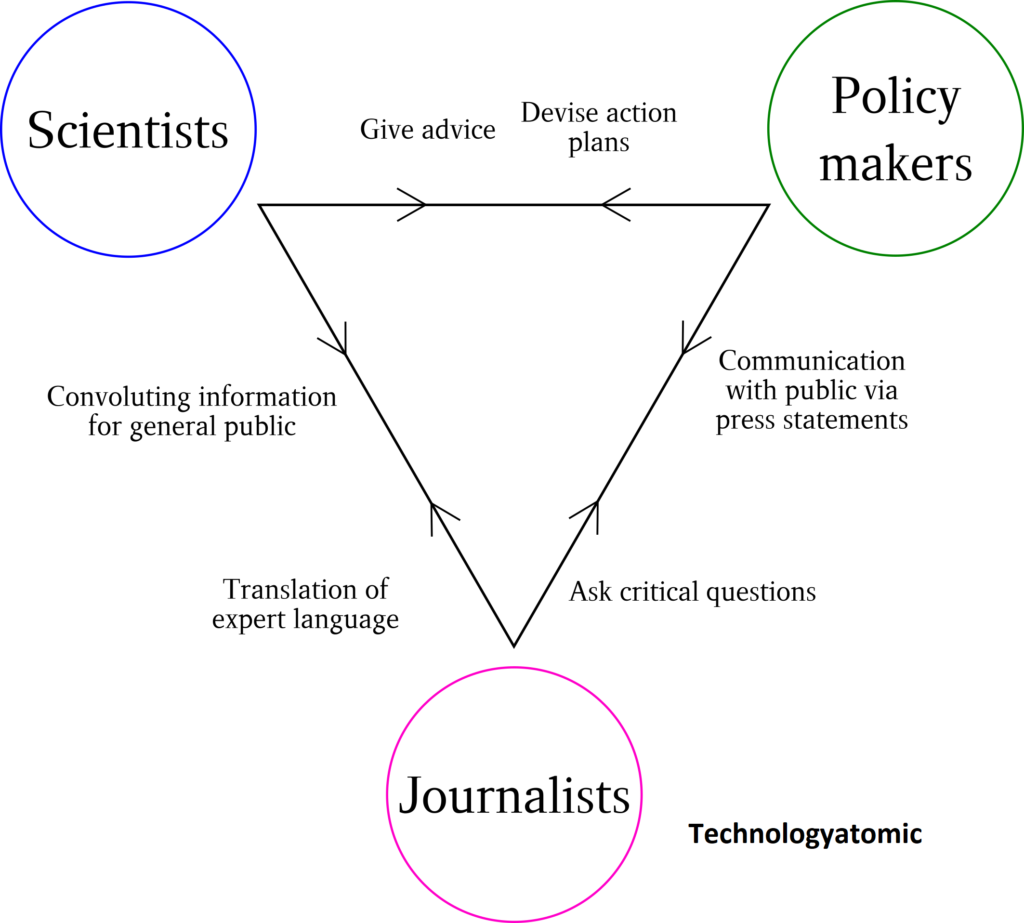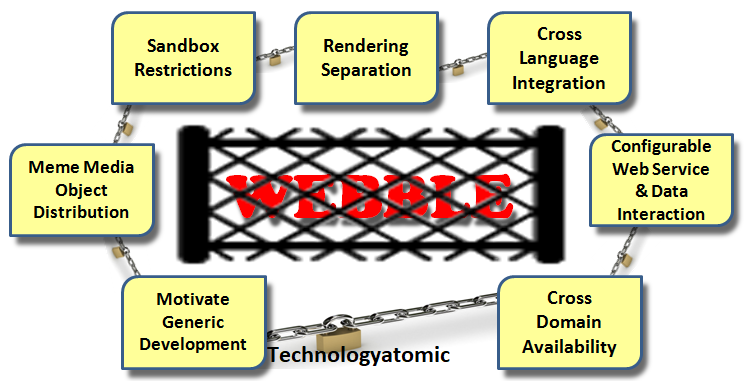Scientists Discover Planets Researchers: Learn About Planets The concept that, somewhere in the expanse of the cosmos. There could be planets other than our own has long fascinated humanity. The identification of exoplanets, or planets around stars outside of our solar system, has been a major breakthrough for astronomy. These far-off planets provide fascinating opportunities to learn about the variety of planetary systems and the possibility of alien life. Discovering and analyzing exoplanets has allowed scientists to make incredible progress in recent years. Leading to fresh discoveries and insights into the mysteries of the universe.
Exploring Extraterrestrial Worlds
The 1990s saw the start of the systematic search for exoplanets thanks to the development of advanced observational techniques. Space-based observatories such as the Kepler Space Telescope and the Transiting Exoplanet Survey Satellite (TESS). These instruments allowed astronomers to see the transit technique. which is the way planets pass in front of their parent stars and dim their brightness somewhat. Astronomers have also employed the radial velocity method to pinpoint the minuscule variations in a star’s velocity caused by the gravitational pull of planets in orbit.
Disclosing a plethora of Worlds
Since the first verified identification of an exoplanet in 1992. Astronomers have identified hundreds of exoplanets spanning a wide variety of sizes, compositions, and orbital properties. These findings have upended preconceived ideas about the creation and evolution of planets. Exposing a wide variety of planetary systems that are very unlike from our own.
The so-called “hot Jupiter’s,”
Among the most exciting findings are the so-called “hot Jupiter’s,” which are gas giant planets with temperatures as high as hundreds of degrees Celsius that orbit very near to their parent stars.
Living Worlds and the Pursuit of Life
The hunt for habitable worlds and evidence of alien life is one of the most important topics guiding exoplanet research. Scientists Discover Planets Astronomers have discovered an increasing number of exoplanets that may be habitable, meaning they have the proper size, composition, and distance from their parent stars to support liquid water on their surfaces—a necessary component of life as we know it—even though many of them may not be conducive to life as we know it.
Recent discoveries like Proximal Centauri b, which circles the nearest star to our solar system, and the TRAPPIST-1 system, which includes seven planets the size of Earth, have piqued the curiosity of both scientists and the general public. These results underscore the exciting possibility that we are not alone in the universe and support ongoing efforts to understand more about these distant worlds.
Scientists and the General Public
The Evolution of Technology: Past, Present and Future
Scientists and the general public are very interested in recent discoveries like Proximal Centauri b, which orbits the closest star to our solar system, and the TRAPPIST-1 system, which has seven planets the size of Earth. These findings encourage continued attempts to learn more about these far-off worlds and highlight the intriguing potential that we are not alone in the cosmos.
Technology Developments and Prospects for the Future
Advances in technology and observation have contributed significantly to the search for exoplanets. Future missions such as the James Webb Space Telescope, slated for launch in the next years, promise to totally revolutionize our understanding of exoplanets by enabling in-depth spectroscopic analysis of planetary atmospheres. Researchers Find Planets This will provide crucial details on their components, climate, and potential habitability.
Ground-Based Telescope
Furthermore, next-generation ground-based telescopes with coronagraphs and sophisticated adaptive optics will soon be available, which will improve our capacity to observe exoplanets directly and maybe provide the first images of far-off alien worlds.
Difficulties and Restrictions
Even with these astounding successes, there are still many obstacles and restrictions in the field of exoplanet research. Exoplanets are intrinsically hard to find and study because of their parent stars’ intense brilliance, which can mask the weak signals that planets in orbit send off. Furthermore, a lot of exoplanets are far from Earth, which makes it difficult to do in-depth studies.
Moreover, the capacity of our existing technologies
Our current technologies is limited in their ability to locate small, Earth-sized planets in the habitable zones of distant stars. Beyond these constraints, more advancements in tools and data processing techniques will be essential to broaden our understanding of exoplanetary systems.
Summery
The discovery of exoplanets has completely changed our perception of the diversity and prevalence of planetary systems. other than our own, as well as our knowledge of the universe. Every new discovery, whether it be of potentially livable worlds or searing gas giants. moves us one step closer to Scientists Discover Planets finding the answers to long-standing puzzles about the origins of life and its purpose in the cosmos. As we move closing to the conclusion that the cosmos is packed with planets simply waiting to be discovered and understood with every new finding, astronomy is entering a new era of exploration and discovery.


